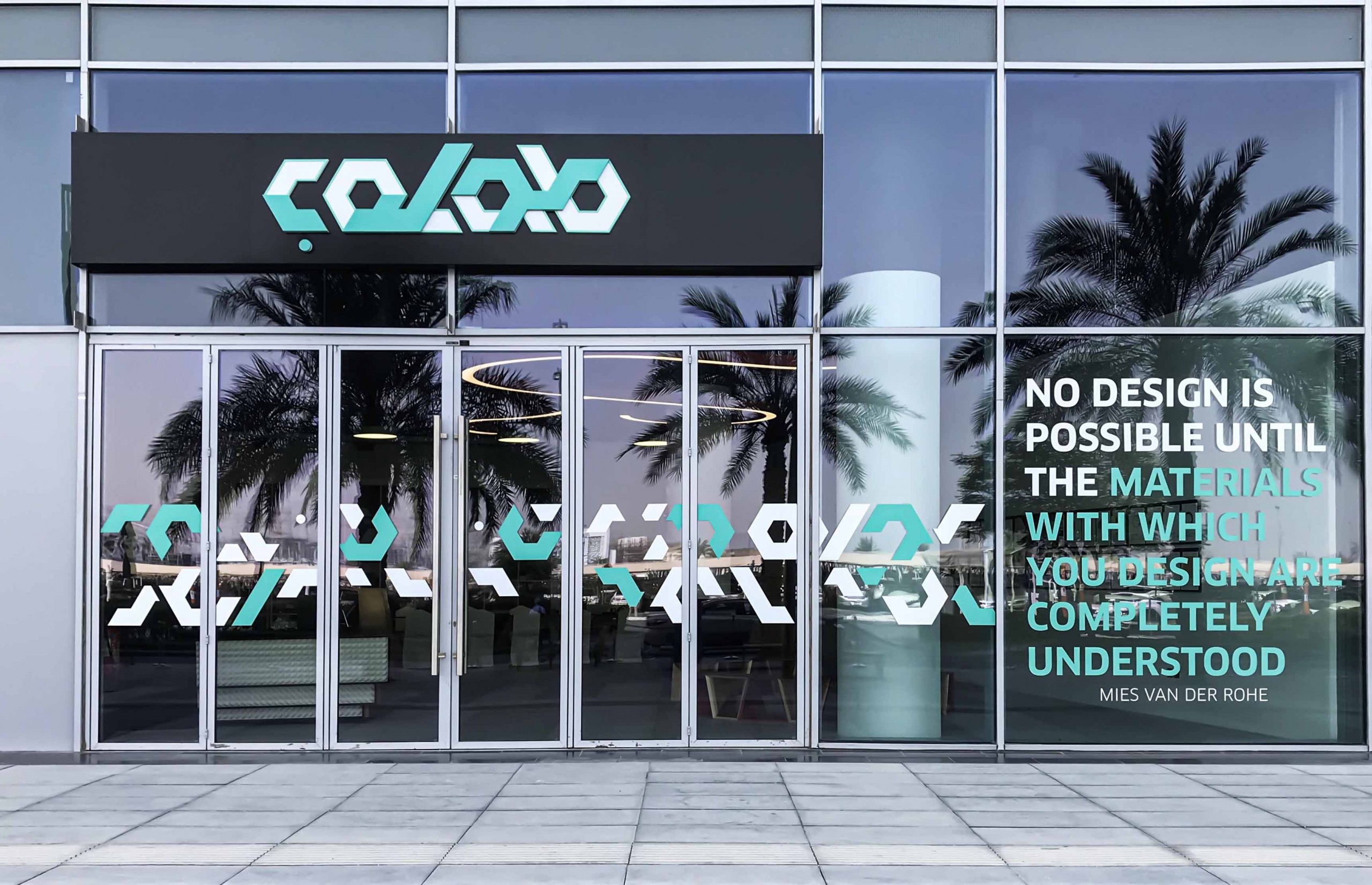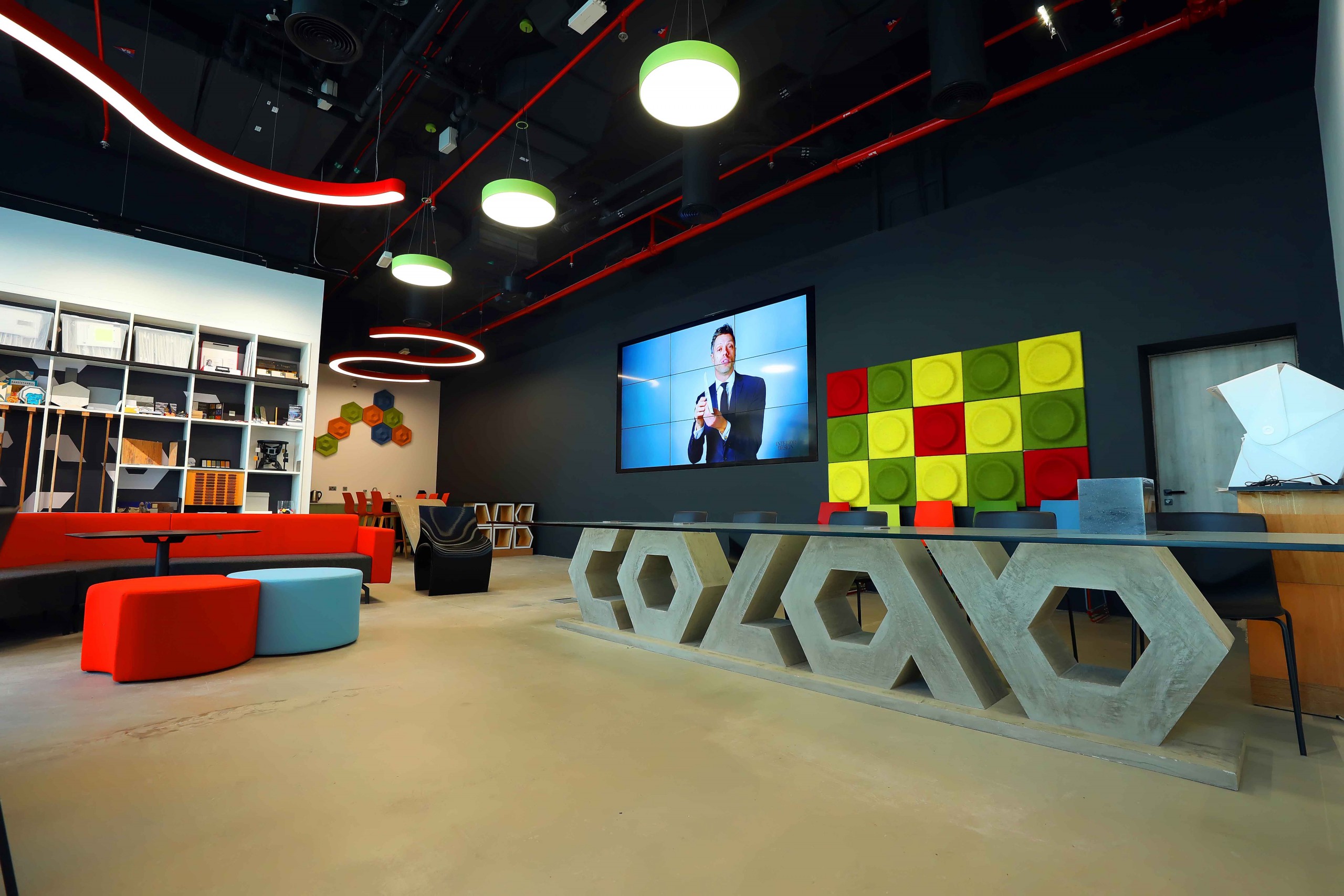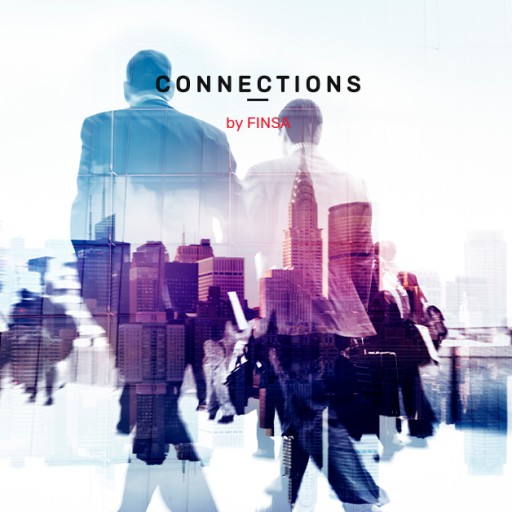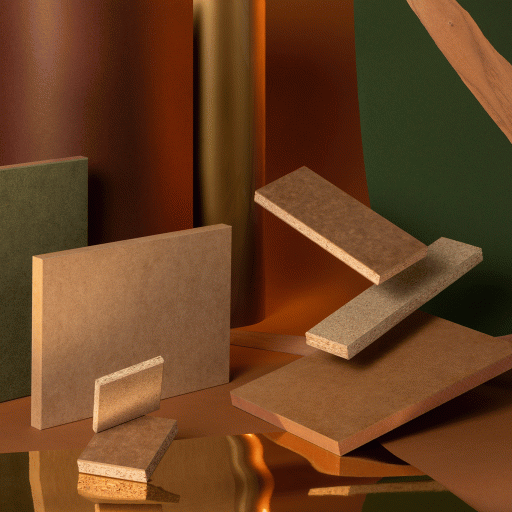Richard Wilson is the founder of Colab, the first material library in UAE and, at the same time, Colab means a space for inspiration aroun materials. We connect with his creative universe and some of the aspects that Wilson regards that embody design and, more specifically, interior design.
 It’s been a year since Colab has opened. Could you describe the objectives of creating it and how are you pursuing them?
It’s been a year since Colab has opened. Could you describe the objectives of creating it and how are you pursuing them?
Colab is the first purpose-built material library in the UAE. Located in d3, it operates as a social business venture that functions primarily as a material library and inspiration and learning center. The space aims to elevate design across the region by offering a platform to showcase the latest materials and design trends from across the globe whilst highlighting excellence in regional design as well. It also serves as a gallery, event and activation space, and networking hub in its bid to bring the entire creative community together.
We’ve been open since May of last year and the response has been pretty good. We are positive of driving change in partnership with the material suppliers we are working with given that we aim to serve as a resource for the A+D community here in Dubai and the wider Middle East. Our aim is to help throw the light on new and innovative materials that they
wouldn’t necessarily be specifying. More importantly, we have no commercial interest or relationship with the material suppliers we display within Colab.
In terms of achieving our objectives, we have been very active in sourcing innovative and unconventional materials from all corners of the globe. Prior to the global pandemic, we hosted regular lunch and learn sessions, informative seminars and networking evenings in Colab as part of our mission to help expand the material palette that specifiers work with
and their understanding of newer materials as well.
In response to the lockdown, we launched our SHARE ( شا رك ) campaign, which aimed to leverage COVID-19 necessitated distancing to move the discussion online and stimulate ideas for students in creative fields. As such, we curated free weekly webinars inviting leaders from the creative industry to share their knowledge and real-world experience with students. With restrictions being slowly lifted in the UAE, we have once again begun to organize physical activities albeit on a smaller scale but with the same objectives in mind.
Ver esta publicación en Instagram
Which are your main worries concerning materials?
The external façade of Colab features a quote by Mies van der Rohe – “No design is possible until the materials with which you design are completely understood”. I think this pretty
much sums up one of my biggest concerns – the lack of an understanding of materials, which sometimes leads to the right material being applied in a less than sustainable manner or an altogether inappropriate material being specified in some cases. This is by no means a fault of the specifier or the supplier.
In fact, this is why Colab was started – to serve as an independent and unbiased platform for the design community, contractors, manufacturers and anyone interested in materials to come and learn about new materials, new processes and technologies.
We understand the challenge of specifying materials that are unknown and untested in the region. As such, our aim is to try and bring the supplier and specifier together and to bridge
that divide. Should they go on to establish a commercial relationship, that is something we have no say or role in. What we have seen however is that quite a few of the materials in
our library are now being commercially specified in the region and this is testament to the strength of the material and the desire on the part of designers to work with something
different and new.

Is the world concerned about the usage of natural resources?
Absolutely. One has to simply look at the example of Architects Declare, a volunteer-led initiative that has attracted many of the top architectural practices in the UK. It has been
widely accepted that buildings and construction account for nearly 40% of energy-related carbon dioxide (CO2) emissions whilst also having a significant impact on our natural
habitats. And whilst the research and technology exist for us to begin that transformation, what has been lacking is collective will. Not anymore.
In addition to voluntary initiatives like Architects Declare and others across the world, it is government legislation and greater public understanding and acceptance that will ultimately
determine this paradigm shift. A deeper understanding of materials including life cycle costing, whole life carbon modelling and post occupancy evaluation is an absolute must if
we want to reduce both embodied and operational resource use.
Which is the role that timber is embodying?
If the 19th century was the age of steel, and the 20th of concrete; this century is the new age of timber. I personally am a massive fan of timber and the possibilities the material offers
in all aspects of design and construction. With new types of engineered timber that are considerably stronger and more stable than regular wood currently being tested, architects can now build bigger and higher, with timber skyscrapers becoming a reality.
The biggest advantage of timber, provided that it comes from a sustainably managed source, is that it sequesters carbon even when in use. Using wood in construction is one part of the solution, as timber products lock approximately 1 ton of CO2 per 1 m3 of wood. Looking ahead, I hope that everyone can move on from preconceived notions about timber and
appreciate it for what it is and what it can offer.
Which is the best material for designing a space nowadays?
If given a choice I would opt for materials that have been upcyled for instance or have a zero-waste factor and materials with low embodied carbon. There isn’t really a best material as such; rather it’s how we make the best use of material in a given space that is more important.

Which is your favorite trend for the rest of 2020?
Speaking not as a designer or specifier but from a materials perspective, I’d like to see greater importance and research and development into sustainable (bio-based and circular economy) materials, responsive and smart materials, and additive manufacturing. The hope is that wider acceptance of these can only mean economies of scale and a lowering of costs, which would make them more accessible.
Could you tell us the professionals you admire?
Elon Musk, Kengo Kuma, Zaha Hadid, Thomas Heatherwick, Tinker Hatfield, Ian Callum, Virgil Abloh to name a few.
Which are your top books, blogs, social media accounts… related to materials and interior design?




